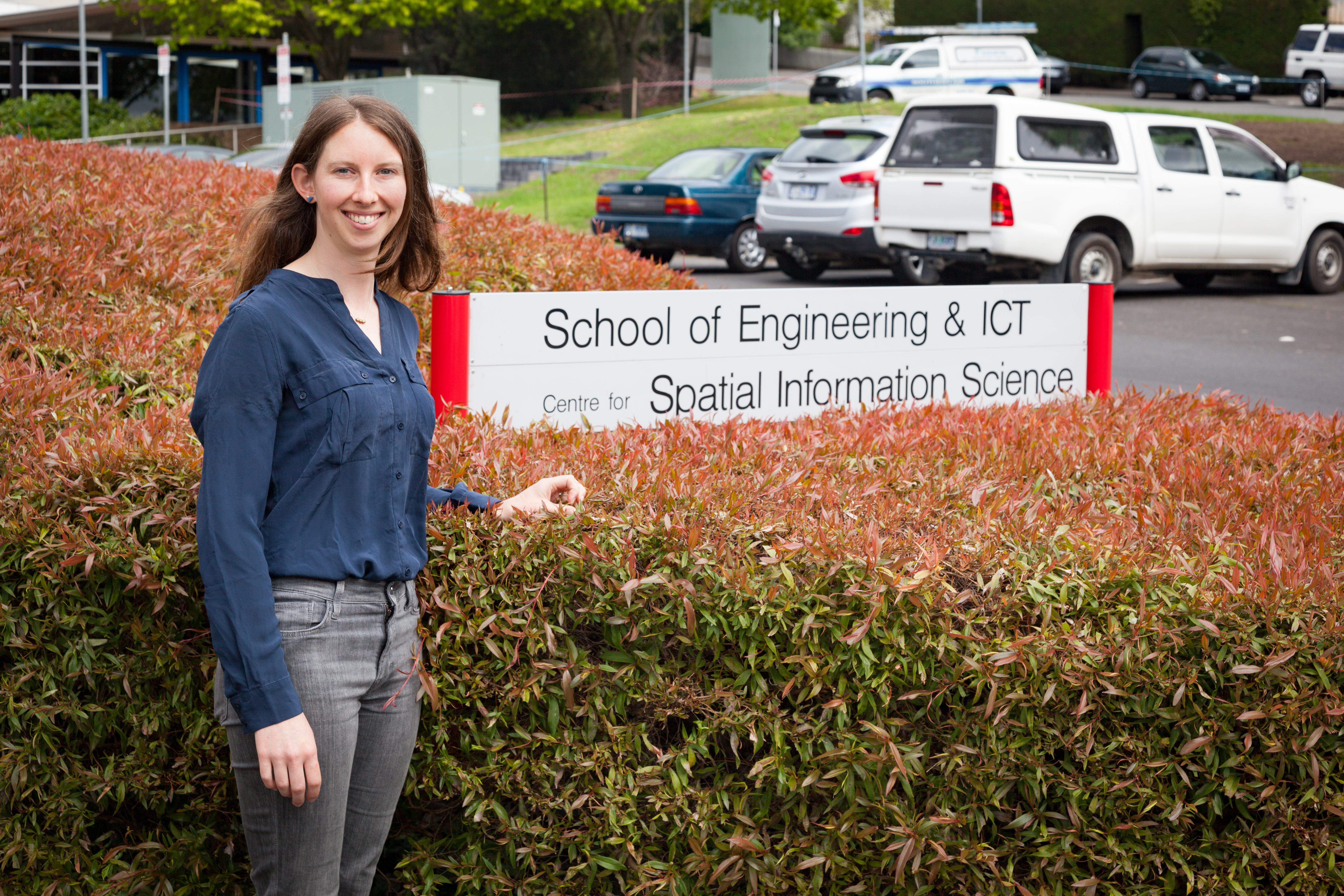
Anna Riddell
Geodectic Scientist at Geoscience Australia
PhD Student (Geodesy, Spatial Science)
School of Land and Food, University of Tasmania
My name is Anna and I measure how the Earth wiggles. You might think that we live on a planet that stays still, but let me assure you that everything moves. Think of all the changes that happen, not only on the surface of the Earth, but deep down like earthquakes, volcanoes, melting ice, ocean tides and currents, plate tectonics as well as the Earth rotation itself. Geodesy is the science of measuring and representing the Earth, including its gravity field in a 3D time varying space. Geodesy began when the ancient Greeks measured Earth’s circumference using the shadow of a stick — and got it right. Now, geodesists use satellites to map and measure Earth’s gravitational field, tectonic plate drift and polar ice caps.
I studied surveying and spatial sciences at the University of Tasmania and one of my projects used GPS (in a floating flowerpot!) to calibrate the tide gauge at Macquarie Island, which is half way between Antarctica and Tassie. After finishing Uni, I worked at our national mapping agency, Geoscience Australia where the projects I was involved in ranged from: cataloguing building damage caused by earthquakes in Papua New Guinea; visiting outback Australia to build new permanent GPS stations; operating robots to help calibrate our equipment; working out how water supply on low-lying coral atolls in the Pacific Ocean will be affected by sea level rise; visiting the Marshall Islands for a survey of their tide gauge; and working on a United Nations General Assembly resolution that highlighted the importance of geodesy. My work included lots of travel to places I never thought I would get to explore.
My current research looks at how the Australian tectonic plate is drifting. It is one of the fastest moving plates horizontally, travelling about 7 centimetres per year, which is faster than the rate at which your fingernails grow! My research focuses on the up and down motion of the surface of the Earth and measuring the wiggle of the centre of the Earth.
An article was just released on my recent research: https://theconversation.com/melting-ice-and-satellites-how-to-measure-the-earths-wiggle-77799
There are many fantastic activities and classroom resources based on geodesy that are available: https://www.unavco.org/education/resources/modules-and-activities/modules-and-activities.html#secondary
Find me on Twitter: @a_r_riddell
For further information: www.utas.edu.au/spatial